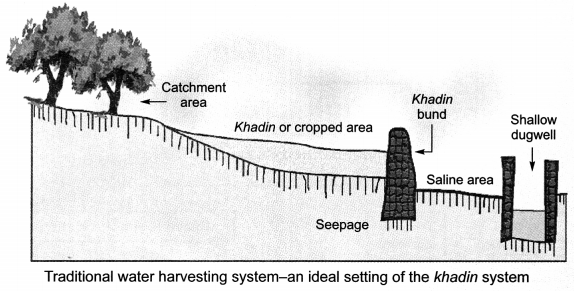
On this page, you will find Direct and Indirect Proportions Class 8 Notes Maths Chapter 13 Pdf free download. CBSE NCERT Class 8 Maths Notes Chapter 13 Direct and Indirect Proportions will seemingly help them to revise the important concepts in less time.
CBSE Class 8 Maths Chapter 13 Notes Direct and Indirect Proportions
Direct and Indirect Proportions Class 8 Notes Conceptual Facts
1. The two quantities are said to be directly proportional if
- an increase in one leads to a corresponding increase in the other.
- a decrease in one leads to a corresponding decrease in the other.
2. If x varies directly as y then the ratio \(\frac{x}{y}=k\) (constant) symbolically, x α y, where α is symbol of
proportionality or x = ky \(\frac{x_{1}}{y_{1}}=\frac{x_{2}}{y_{2}}=\frac{x_{3}}{y_{3}}=k\)
3. The two quantities are said to be inversely proportional if
- an increase in one leads to a corresponding decrease in the other.
- a decrease in one leads to a corresponding increase in the other.
4. If x varies inversely with y, then x α \(\frac{1}{y}\) ⇒ xy = k(constant) or xy – x1y1 = x2y2 = k.
5. Speed =\(\frac{\text { Distance }}{\text { Time }} \) or Distance = Speed x time or time =\(\frac{\text { Distance }}{\text { Speed }}\)



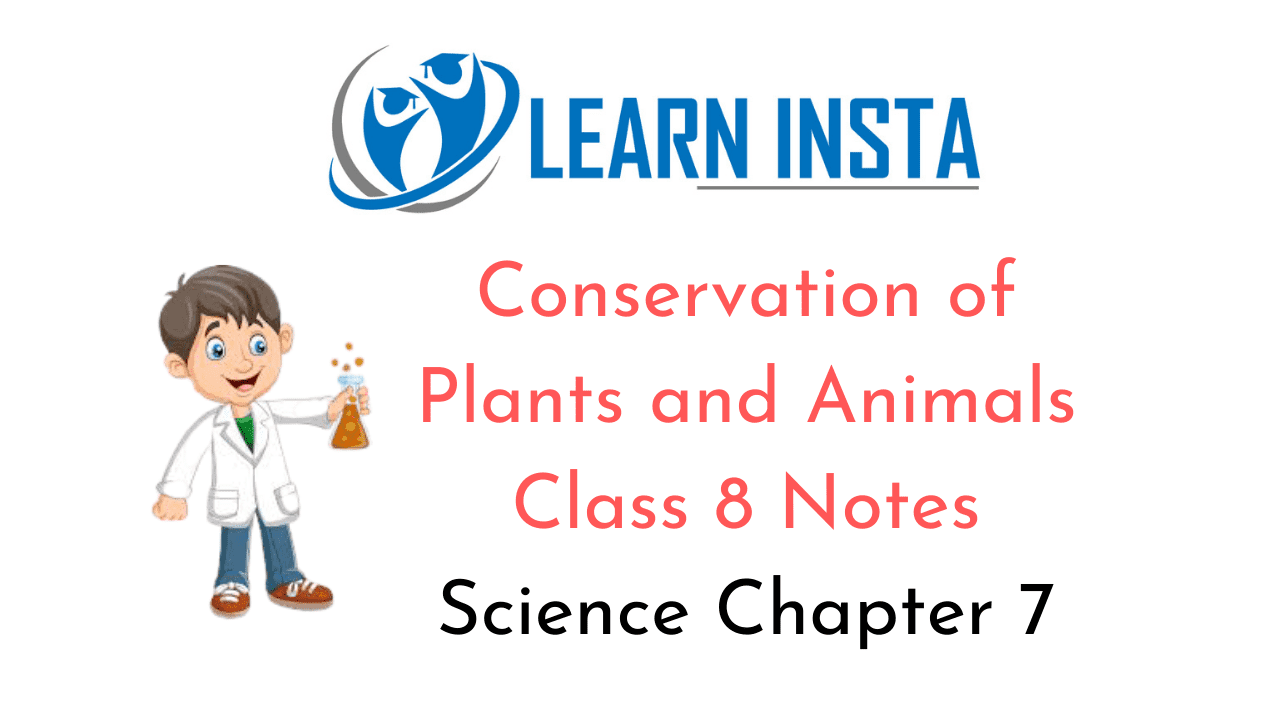
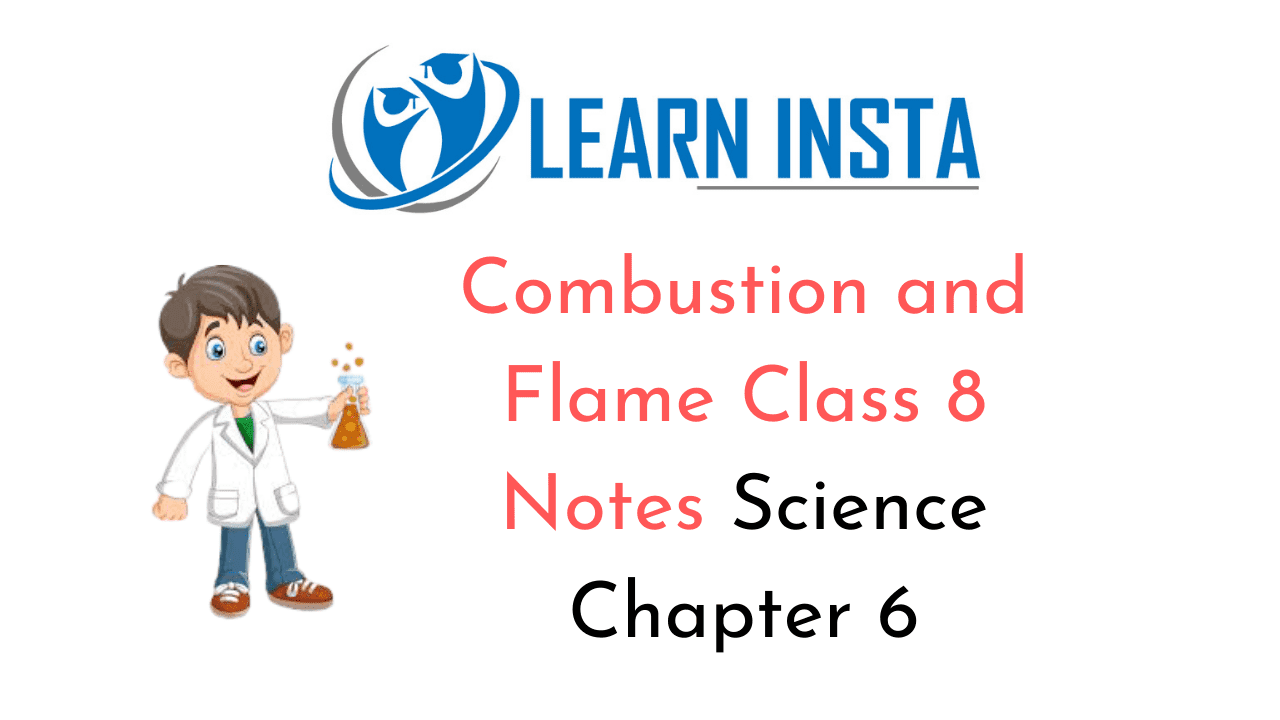
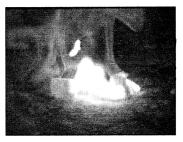
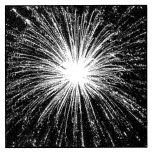
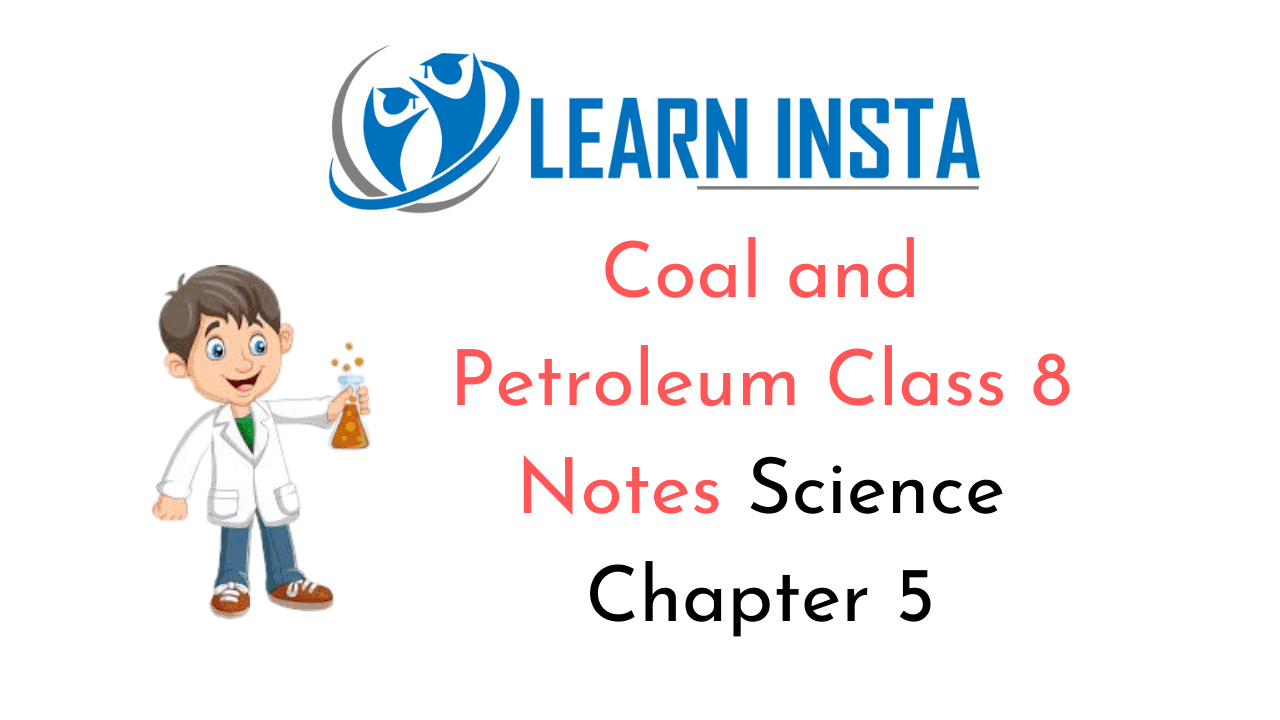
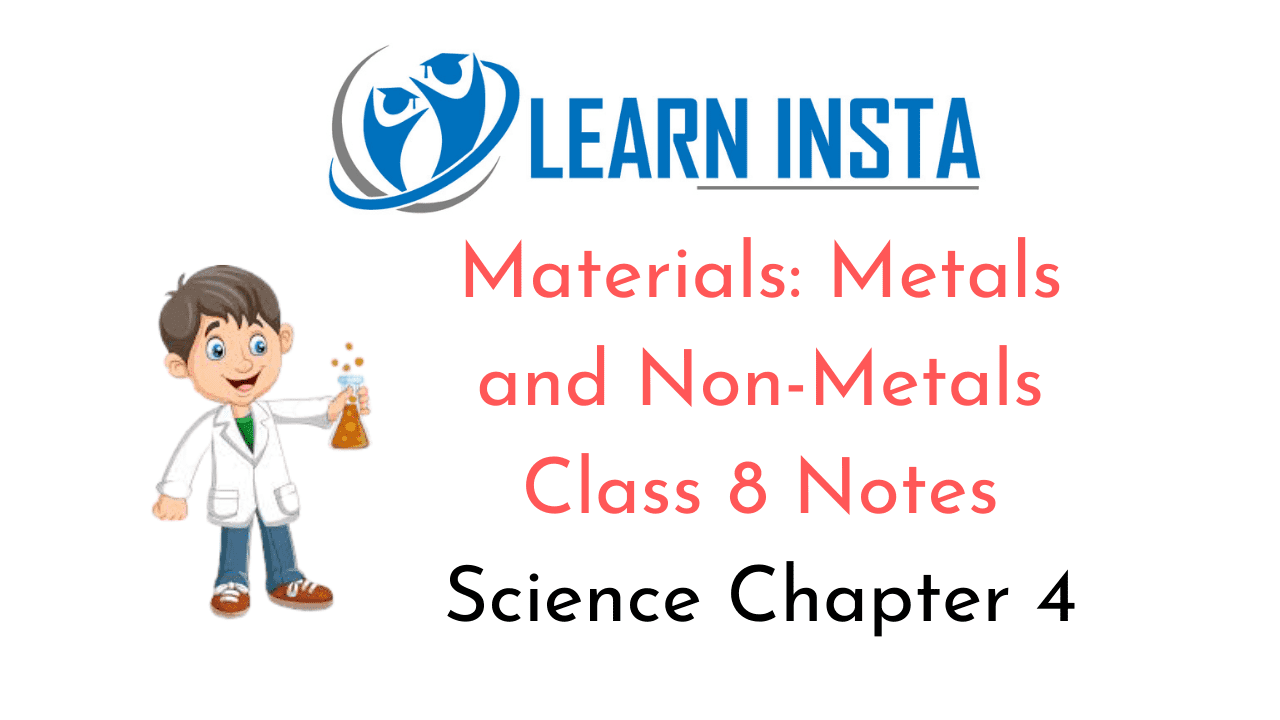
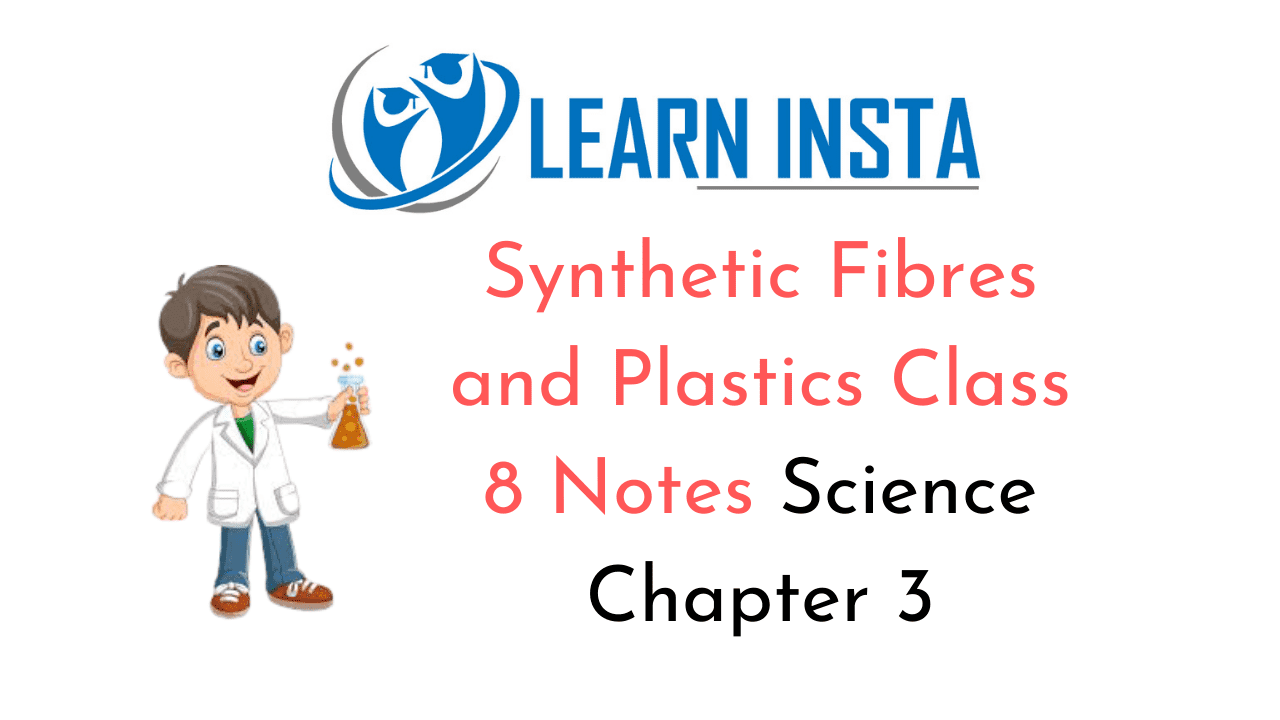
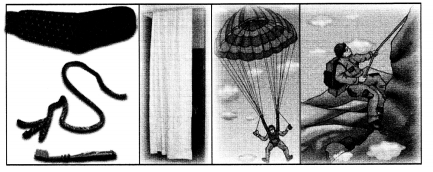

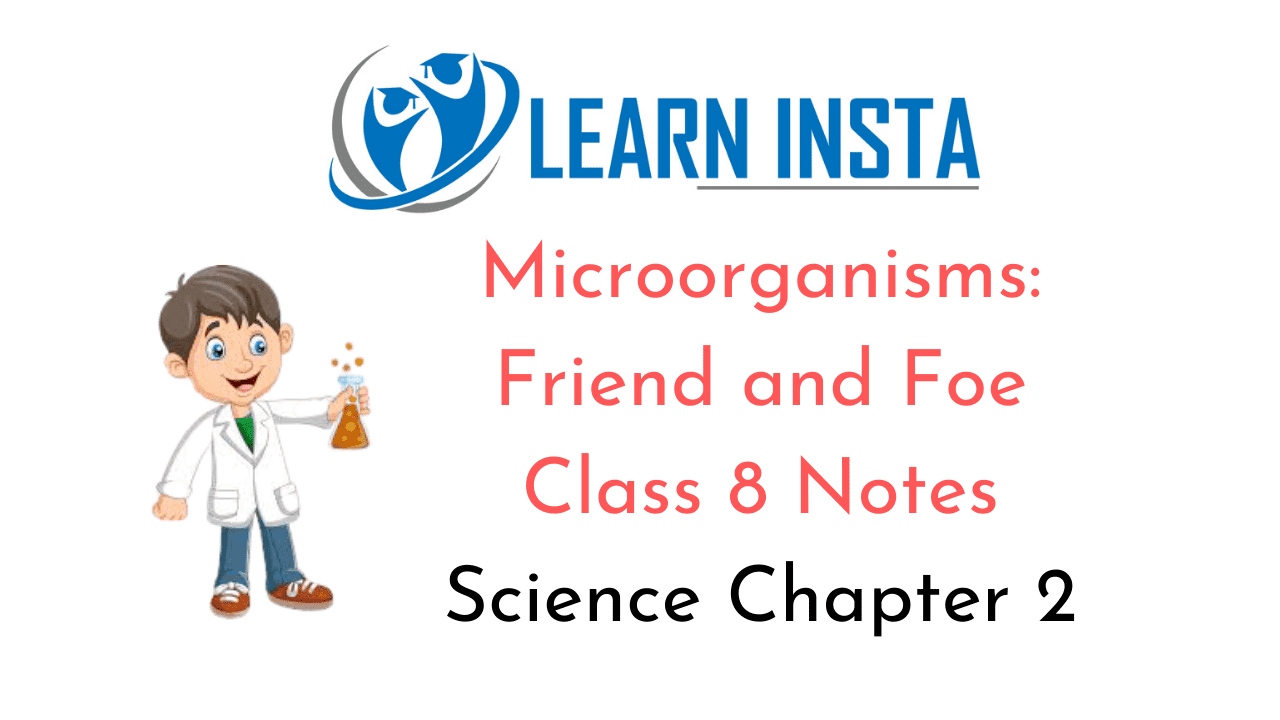
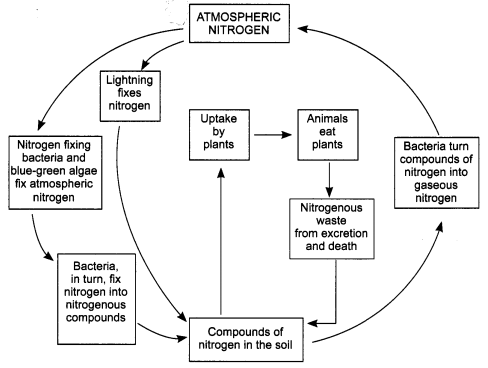
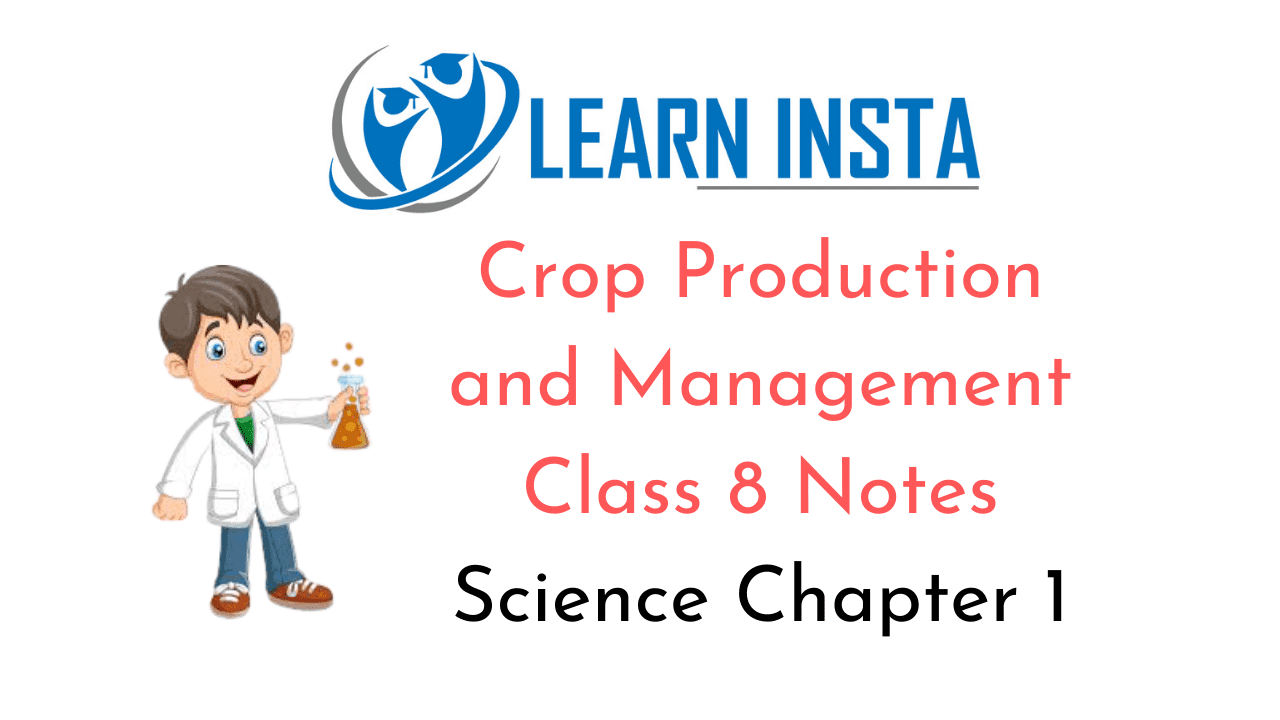
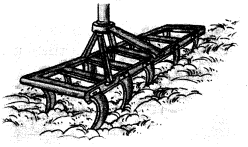
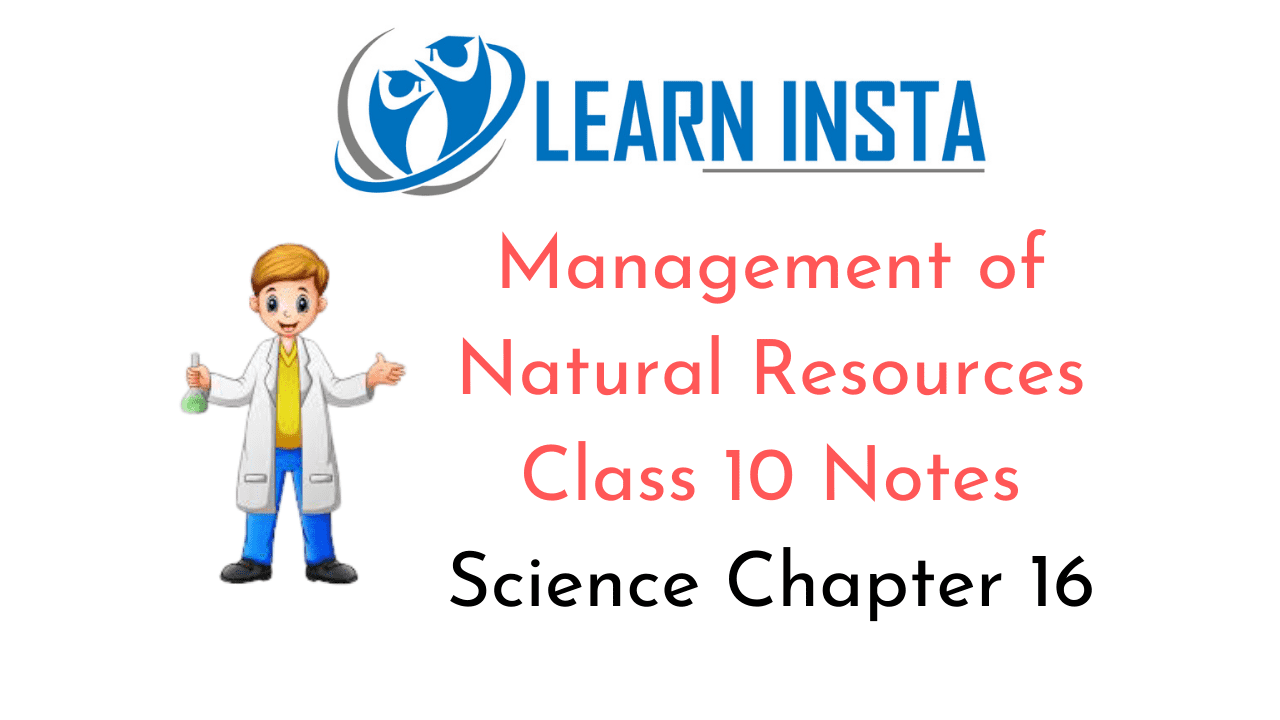 On this page, you will find Management of Natural Resources Class 10 Notes Science Chapter 16 Pdf free download. CBSE NCERT
On this page, you will find Management of Natural Resources Class 10 Notes Science Chapter 16 Pdf free download. CBSE NCERT 